How Heat Exchangers Work: Insights into Their Applications
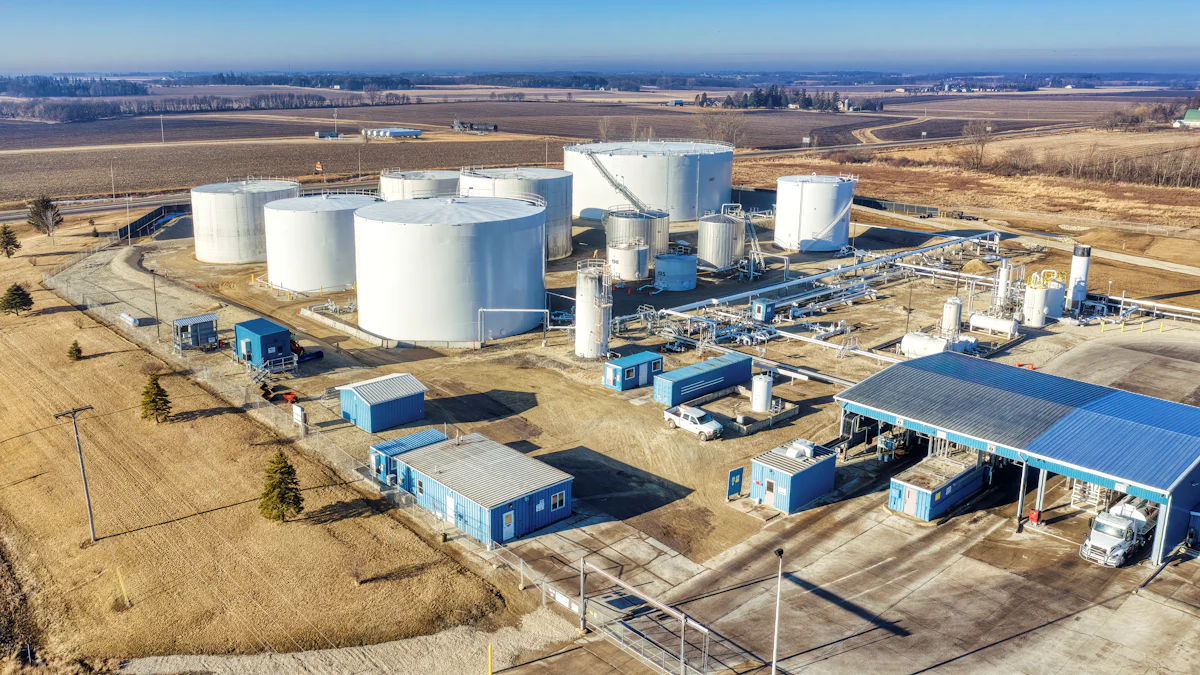
Heat exchangers play a vital role in industrial processes. These devices efficiently transfer heat between fluids, ensuring optimal temperature regulation. Industries like power generation and chemical processing rely on heat exchangers for improved efficiency and safety. The global market for heat exchangers continues to grow, driven by increasing demand in manufacturing and sustainable solutions in commercial buildings. Understanding how heat exchangers function enhances your knowledge of their applications and benefits. Explore the world of heat exchangers and discover their impact on modern industries.
What Are Heat Exchangers?
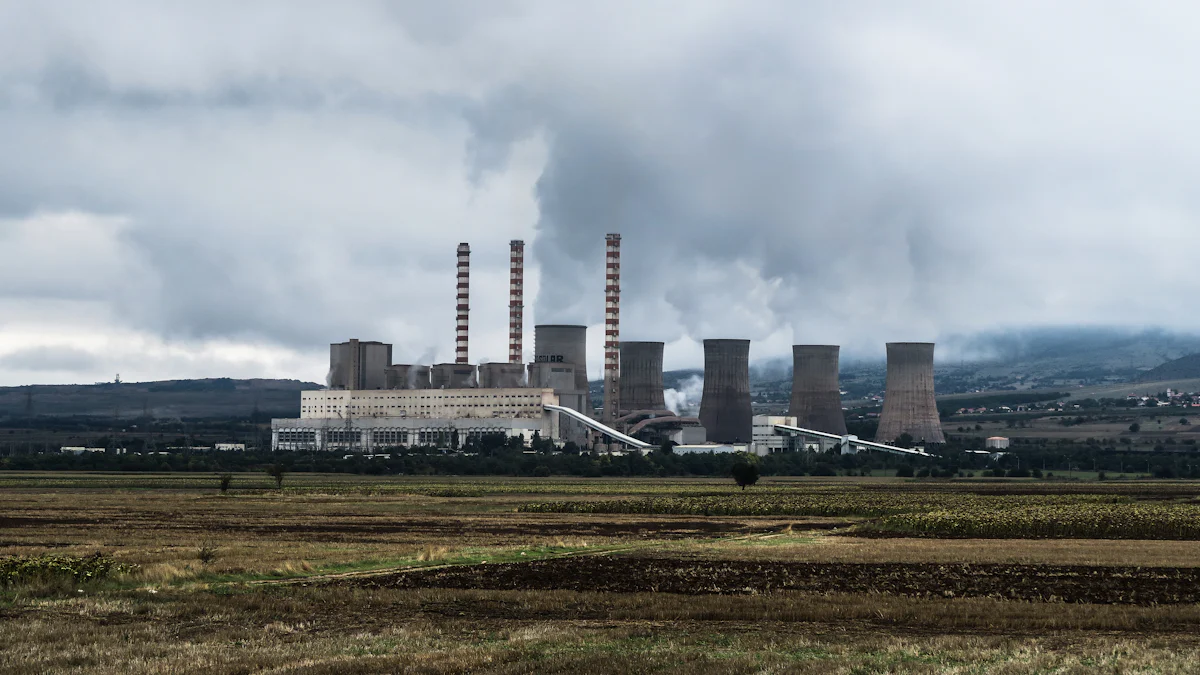
Heat exchangers serve as crucial components in various industrial processes. These devices facilitate the transfer of heat between two or more fluids, ensuring efficient temperature regulation. Understanding the function, types, and classification of heat exchangers enhances your knowledge of their applications.
How Do Heat Exchangers Function?
Basic Principles of Heat Transfer
Heat exchangers operate based on fundamental heat transfer principles. Heat moves from a hotter fluid to a cooler one until thermal equilibrium is achieved. This process involves conduction, convection, and sometimes radiation. Conduction occurs when heat transfers through a solid material. Convection involves the movement of heat through fluids. Radiation transfers heat through electromagnetic waves without direct contact.
Components of Heat Exchangers
Heat exchangers consist of several key components. Tubes or plates facilitate the flow of fluids. A shell or frame supports the structure. Baffles direct fluid flow and enhance heat transfer efficiency. Gaskets ensure a leak-proof seal between components. Each component plays a role in optimizing the heat exchange process.
Heat Transfer Mechanisms
Heat exchangers employ different mechanisms to transfer heat. Direct contact heat exchangers allow fluids to mix, transferring heat directly. Indirect contact heat exchangers separate fluids with a solid barrier, transferring heat through the barrier. Regenerative heat exchangers recover waste heat for reuse, enhancing energy efficiency.
What Are the Different Types of Heat Exchangers?
Shell and Tube Heat Exchangers
Shell and tube heat exchangers feature a series of tubes within a larger shell. One fluid flows through the tubes, while another fluid flows around them. This design allows efficient heat transfer between fluids. Shell and tube heat exchangers are widely used in power generation and chemical processing industries.
Plate Heat Exchangers
Plate heat exchangers consist of multiple thin plates stacked together. Fluids flow through alternating channels between the plates. The large surface area of the plates enhances heat transfer efficiency. Plate heat exchangers are compact and suitable for applications with limited space.
Air Cooled Heat Exchangers
Air cooled heat exchangers use air to cool fluids. Fans blow air over finned tubes, dissipating heat into the atmosphere. These heat exchangers are ideal for environments where water is scarce. Air cooled heat exchangers offer a cost-effective cooling solution.

How Are Heat Exchangers Classified?
Classification by Flow Arrangement
Heat exchangers can be classified by flow arrangement. Counterflow heat exchangers have fluids flowing in opposite directions. Parallel flow heat exchangers have fluids flowing in the same direction. Crossflow heat exchangers have fluids flowing perpendicular to each other. Each arrangement affects heat transfer efficiency.
Classification by Construction
Heat exchangers are also classified by construction. Compact heat exchangers have a high surface area-to-volume ratio. They are suitable for applications requiring efficient heat transfer in small spaces. Modular heat exchangers offer flexibility in design and installation.
Classification by Application
Heat exchangers are classified by application in various industries. Power generation, chemical processing, and HVAC systems utilize heat exchangers for temperature control. Renewable energy systems like solar thermal and geothermal heat pumps also rely on heat exchangers for efficient energy transfer.
Explore the world of heat exchangers and discover their impact on modern industries. Consider X-HON's high-performance cooling fans for your heat exchanger needs. X-HON offers customizable production and standard samples for evaluation. Share this article with others who may benefit from understanding heat exchangers.
How Do Heat Exchangers Work in Practice?
What Are the Operational Principles?
Counterflow vs. Parallel Flow
Counterflow and parallel flow represent two primary operational principles in heat exchangers. In counterflow, fluids move in opposite directions. This arrangement maximizes temperature difference and enhances heat transfer efficiency. Parallel flow involves fluids moving in the same direction. This setup offers simpler design but less efficient heat transfer compared to counterflow.
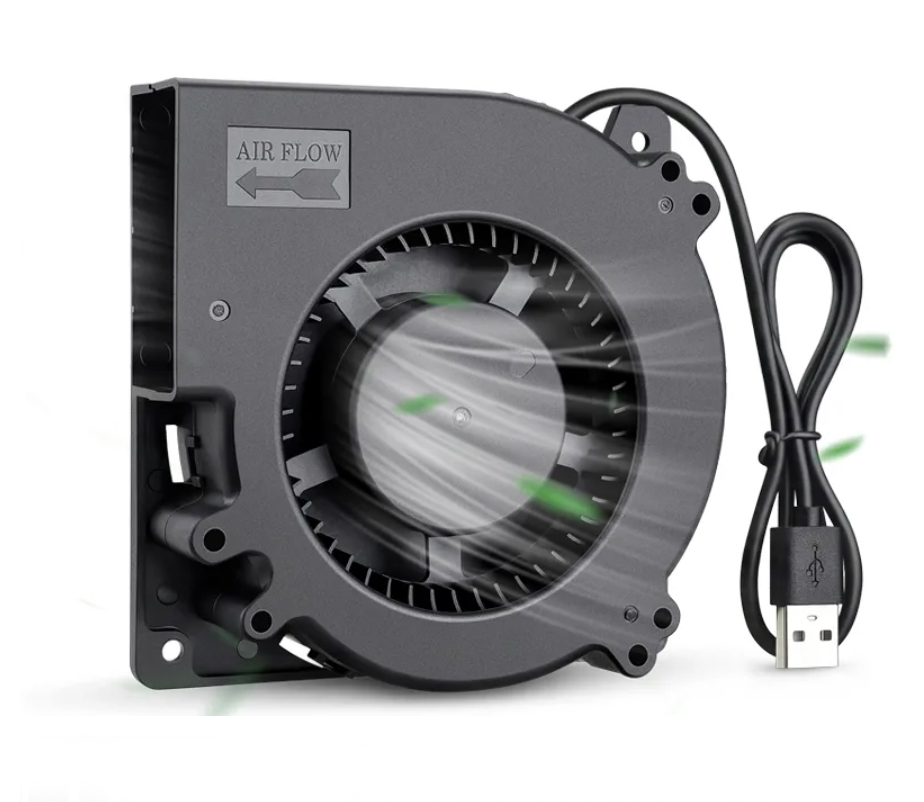
Crossflow Heat Exchangers
Crossflow heat exchangers utilize perpendicular fluid flows. One fluid moves horizontally while the other flows vertically. This configuration optimizes heat transfer by maintaining a consistent temperature gradient. Crossflow designs are common in applications like air conditioning systems.
Regenerative Heat Exchangers
Regenerative heat exchangers recover waste heat for reuse. These systems store heat from one fluid and transfer it to another. This process improves energy efficiency and reduces operational costs. Regenerative designs find use in industries focusing on sustainability and energy conservation.
How Is Efficiency Measured?
Thermal Performance
Thermal performance measures the effectiveness of a heat exchanger. High thermal performance indicates efficient heat transfer between fluids. Engineers evaluate thermal performance using parameters like heat transfer coefficient and temperature difference.
Pressure Drop Considerations
Pressure drop affects the efficiency of heat exchangers. A significant pressure drop can lead to increased energy consumption. Engineers must balance pressure drop with heat transfer efficiency. Proper design minimizes pressure drop while maintaining optimal performance.
Fouling and Maintenance
Fouling occurs when deposits accumulate on heat exchanger surfaces. This buildup reduces heat transfer efficiency and increases maintenance needs. Regular cleaning and maintenance prevent fouling. Effective maintenance ensures long-term performance and reliability.
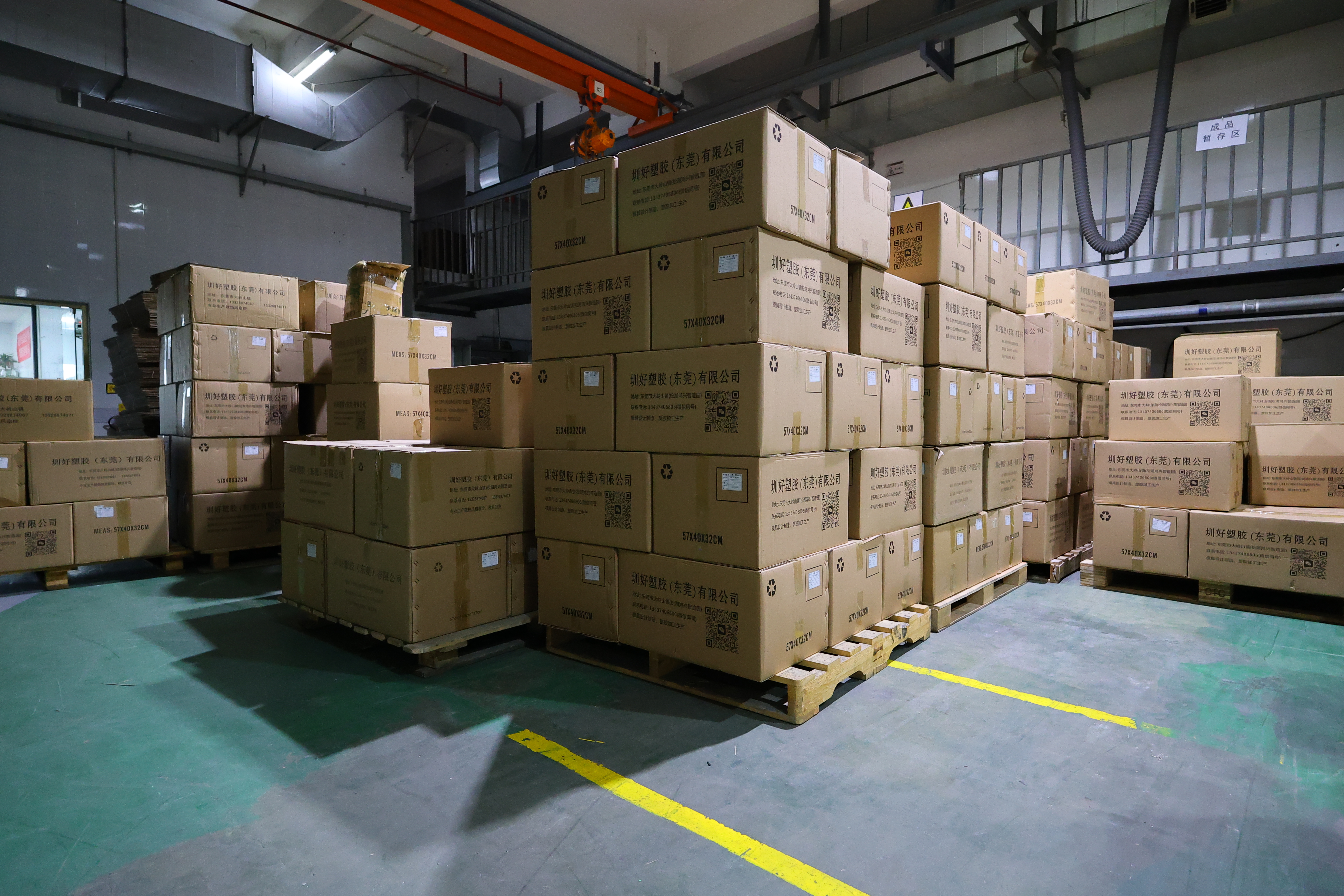
What Are the Design Considerations?
Material Selection
Material selection impacts the durability and efficiency of heat exchangers. Engineers choose materials based on factors like corrosion resistance and thermal conductivity. Proper material selection enhances longevity and performance.
Size and Capacity
Size and capacity determine the suitability of a heat exchanger for specific applications. Engineers consider space constraints and required heat transfer rates. Optimal sizing ensures efficient operation without unnecessary energy consumption.
Environmental Factors
Environmental factors influence heat exchanger design. Engineers account for ambient temperature, humidity, and potential exposure to corrosive elements. Designing for environmental conditions ensures reliable performance and longevity.
Explore the world of heat exchangers and discover their impact on modern industries. Consider X-HON's high-performance cooling fans for your heat exchanger needs. X-HON offers customizable production and standard samples for evaluation. Share this article with others who may benefit from understanding heat exchangers.
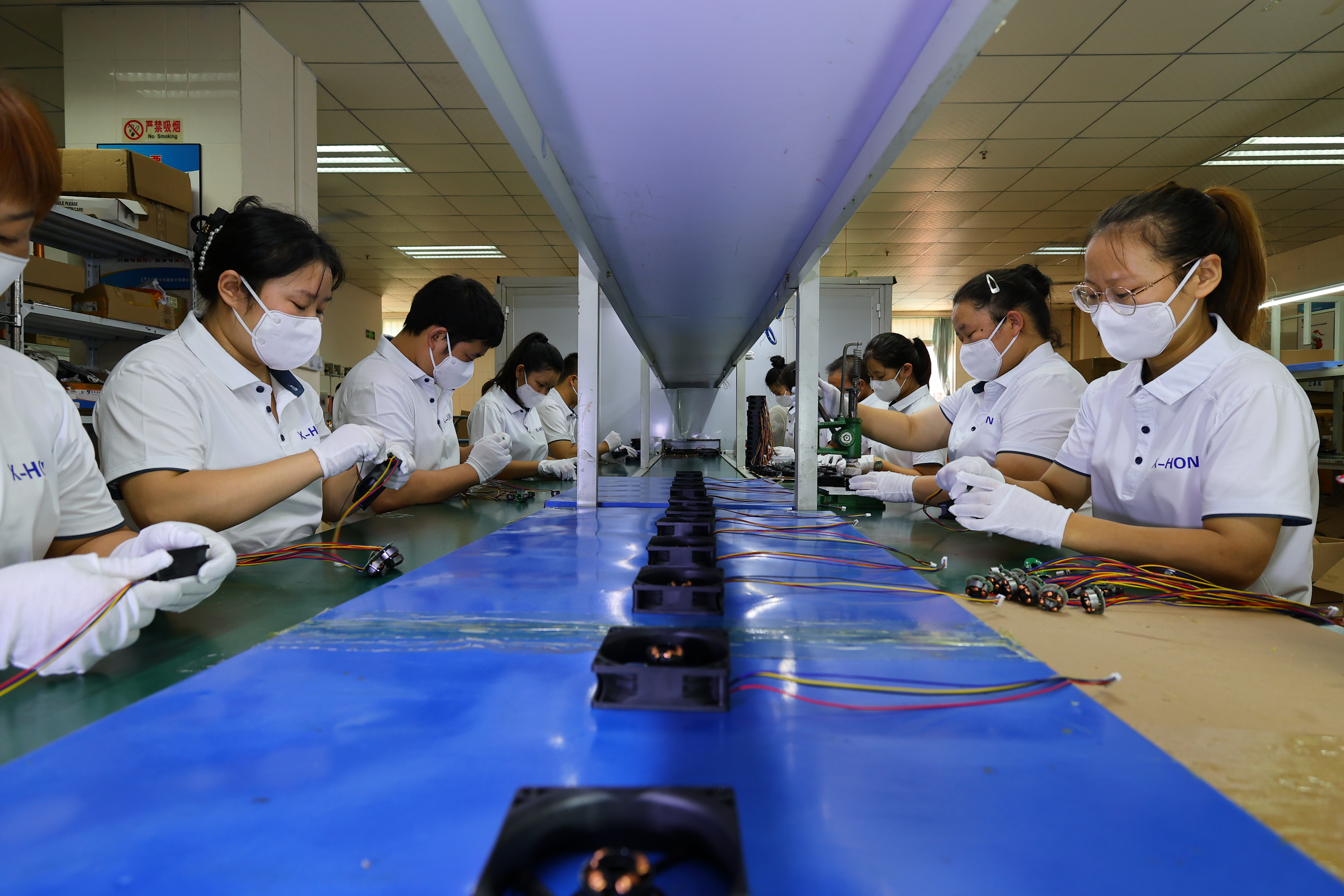
What Are the Advantages and Disadvantages of Heat Exchangers?
What Are the Benefits?
Energy Efficiency
Heat exchangers enhance energy efficiency by transferring heat between fluids. This process reduces energy consumption in industrial applications. Efficient heat transfer minimizes waste and optimizes resource use.
Cost-Effectiveness
Heat exchangers offer cost-effective solutions for temperature regulation. Plate heat exchangers, for example, provide a low-cost option compared to shell-and-tube designs. The initial investment often leads to long-term savings through reduced energy costs.
Versatility in Applications
Heat exchangers find use across various industries. Power generation, chemical processing, and HVAC systems all benefit from their versatility. The adaptability of heat exchangers allows for customized solutions tailored to specific needs.
What Are the Limitations?
Initial Cost
The initial cost of heat exchangers can be high. Complex designs and advanced materials contribute to this expense. However, the long-term benefits often outweigh the initial investment.
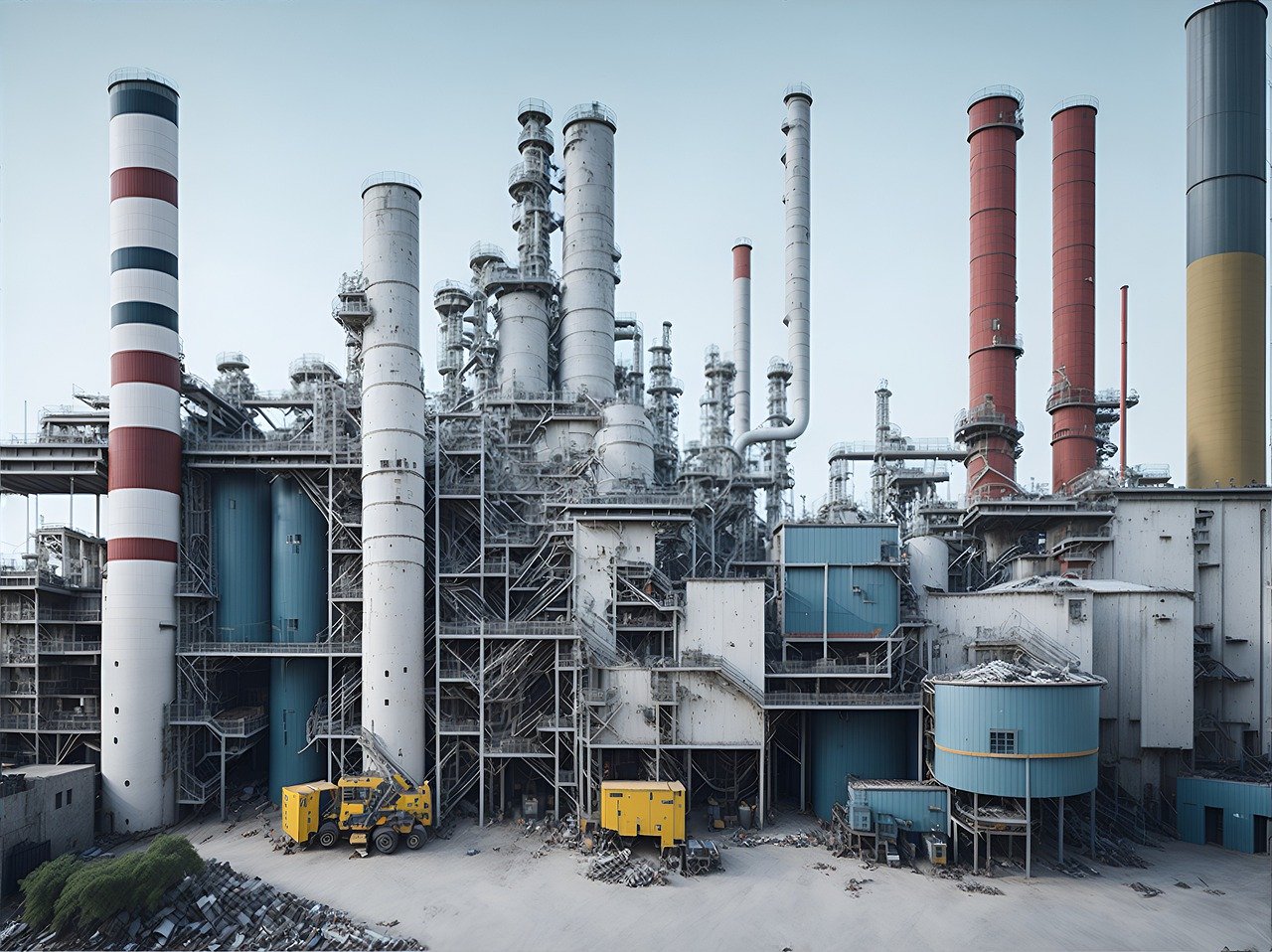
Maintenance Requirements
Regular maintenance is crucial for optimal performance. Fouling and deposits can reduce efficiency. Scheduled cleaning and inspections help maintain functionality and extend the lifespan of heat exchangers.
Potential for Corrosion
Corrosion poses a risk to heat exchanger components. Material selection plays a vital role in preventing corrosion. Engineers must choose materials that resist corrosion to ensure durability.
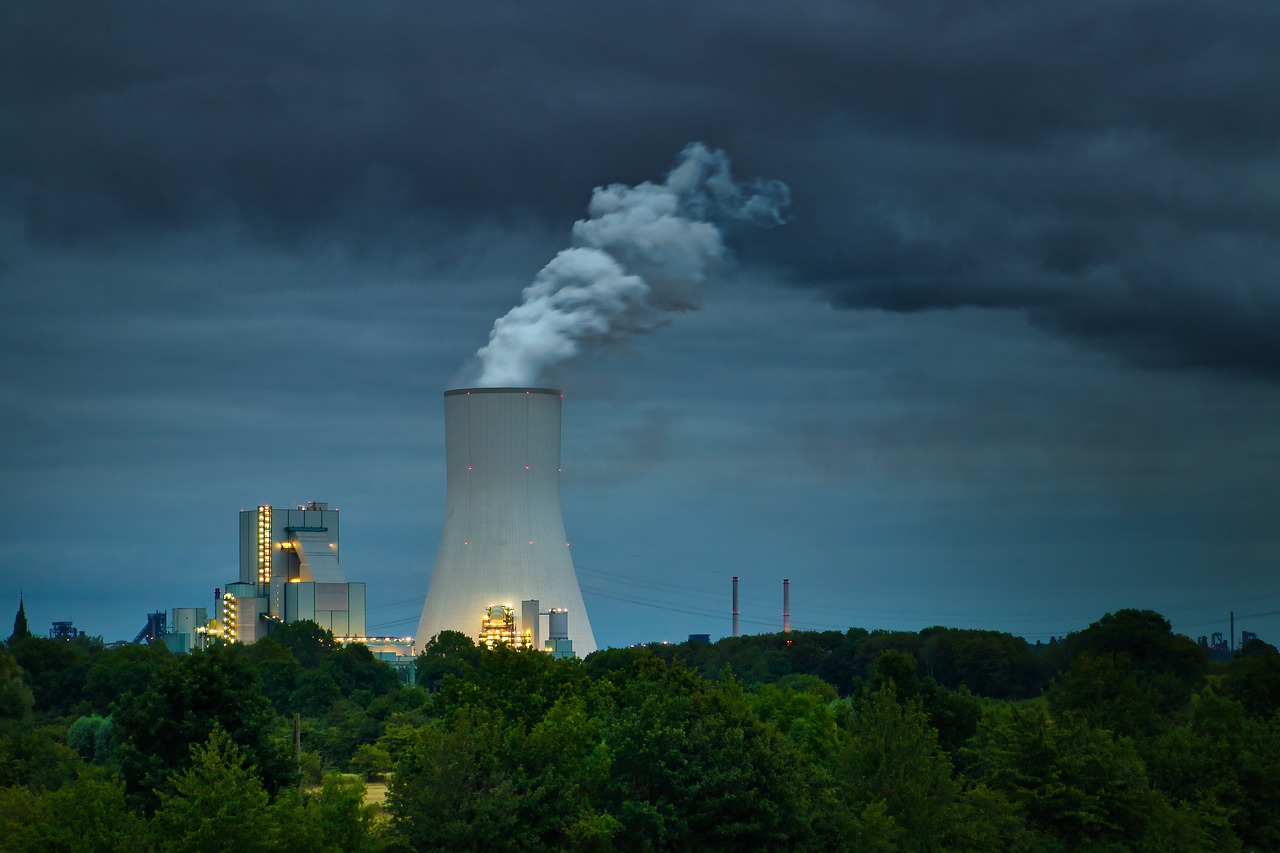
How Can Challenges Be Overcome?
Advanced Materials
Advanced materials improve the longevity of heat exchangers. Corrosion-resistant alloys and coatings protect against wear and tear. These materials enhance performance and reduce maintenance needs.
Innovative Designs
Innovative designs address efficiency and space constraints. Printed circuit heat exchangers (PCHE) offer compactness with high heat transfer coefficients. Such designs optimize performance while minimizing pressure drop.
Regular Maintenance
Regular maintenance ensures reliable operation. Routine checks prevent fouling and identify potential issues early. Consistent upkeep extends the life of heat exchangers and maintains efficiency.
Explore the world of heat exchangers and discover their impact on modern industries. Consider X-HON's high-performance cooling fans for your heat exchanger needs. X-HON offers customizable production and standard samples for evaluation. Share this article with others who may benefit from understanding heat exchangers.
Where Are Heat Exchangers Used?
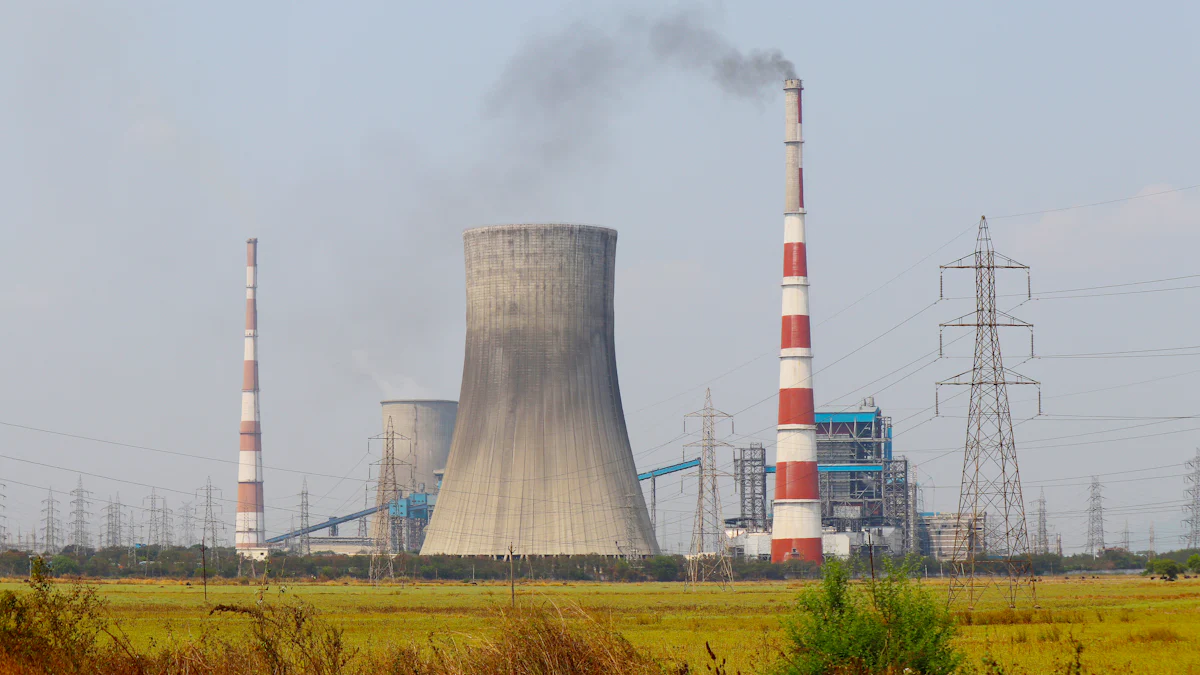
Heat exchangers find applications across various sectors due to their efficiency in managing thermal energy. Understanding where these devices are used can provide insights into their importance in modern industries.
What Are the Industrial Applications?
Power Generation
Power plants rely on heat exchangers to improve efficiency. These devices transfer heat from steam to water, generating electricity. Efficient heat management reduces fuel consumption and emissions. This makes heat exchangers vital for sustainable energy production.
Chemical Processing
Chemical industries use heat exchangers to control reaction temperatures. Maintaining optimal temperatures ensures product quality and safety. Heat exchangers also recover waste heat, enhancing energy efficiency. This process reduces operational costs and environmental impact.
HVAC Systems
Heating, ventilation, and air conditioning systems depend on heat exchangers. These devices regulate indoor temperatures by transferring heat between air and refrigerants. Efficient heat exchange improves comfort and reduces energy consumption. This application is crucial for residential and commercial buildings.
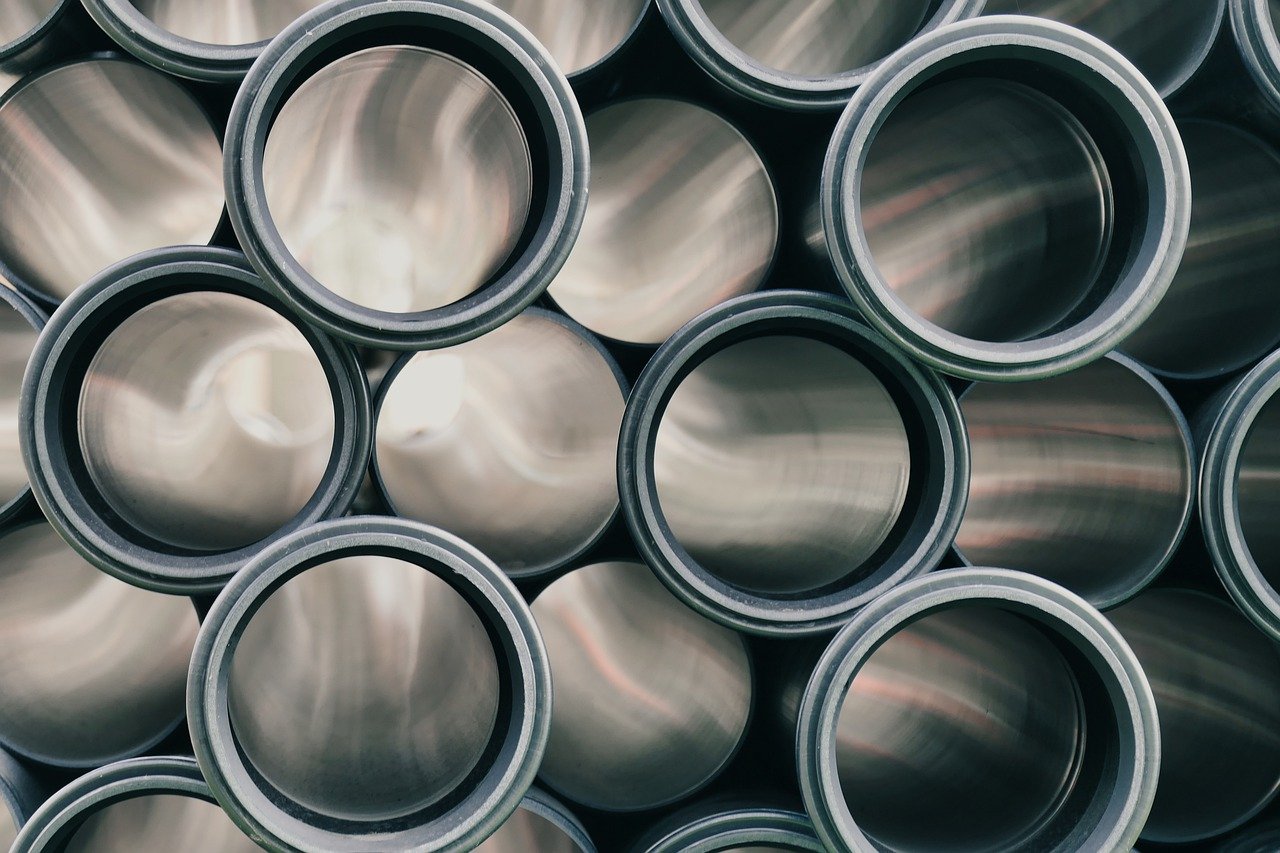
How Are They Used in Renewable Energy?
Solar Thermal Systems
Solar thermal systems harness sunlight to generate heat. Heat exchangers transfer this heat to water or air for residential and industrial use. This process provides a sustainable energy source, reducing reliance on fossil fuels.
Geothermal Heat Pumps
Geothermal heat pumps utilize underground heat for heating and cooling. Heat exchangers transfer heat between the ground and buildings. This system offers an efficient and eco-friendly solution for temperature regulation.
Biomass Energy Systems
Biomass systems convert organic materials into energy. Heat exchangers play a role in transferring heat from combustion processes to water or air. This application supports renewable energy initiatives by utilizing waste materials.
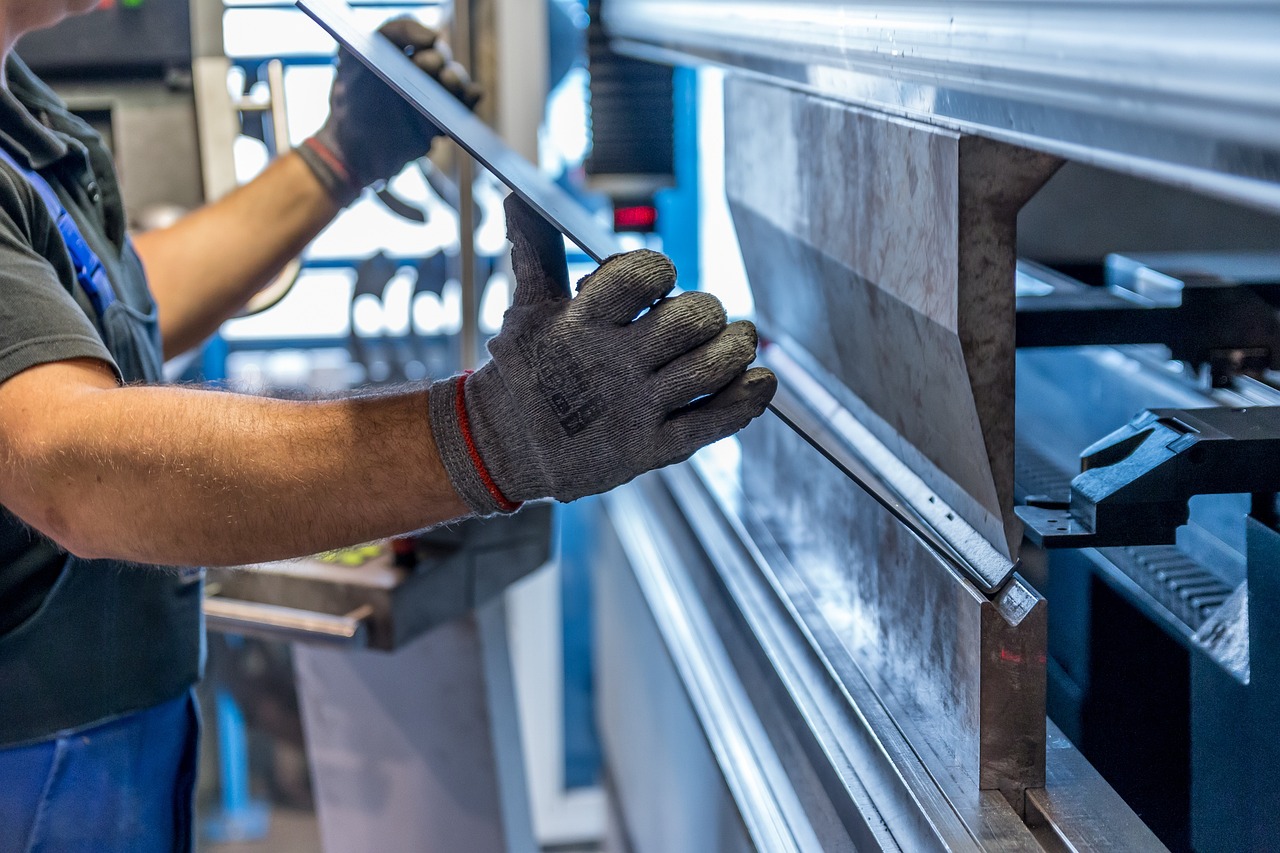
What Are the Emerging Applications?
Data Center Cooling
Data centers generate significant heat due to high-performance computing. Heat exchangers cool these facilities by transferring heat to external environments. Efficient cooling ensures reliable operation and reduces energy costs.
Automotive Industry
Automobiles use heat exchangers to manage engine temperatures. These devices transfer heat from engines to radiators, preventing overheating. Efficient heat management improves vehicle performance and longevity.
Food and Beverage Processing
Food and beverage industries rely on heat exchangers for pasteurization and sterilization. These processes require precise temperature control to ensure product safety. Heat exchangers provide efficient and consistent heat transfer, maintaining quality standards.
Expert Testimony:
Industry Research Biz forecasts robust growth for the Heat Exchangers Market from 2024 to 2032. Technological advancements will spur product innovation and market penetration.
The demand for heat exchangers continues to rise, driven by technological advancements and regulatory policies. Businesses can capitalize on these trends by adopting innovative solutions.
Consider X-HON's high-performance cooling fans for your heat exchanger needs. X-HON offers customizable production and standard samples for evaluation. Share this article with others who may benefit from understanding heat exchangers.
How Do Heat Exchangers Impact the Environment?
Heat exchangers play a significant role in environmental sustainability. These devices facilitate efficient heat transfer, which leads to various environmental benefits.
What Are the Environmental Benefits?
Reduction in Energy Consumption
Heat exchangers reduce energy consumption by optimizing heat transfer processes. Efficient heat transfer minimizes the need for additional energy sources. This reduction in energy use supports sustainable practices across industries.
Lower Emissions
Lower emissions result from the efficient operation of heat exchangers. By reducing energy consumption, heat exchangers decrease the burning of fossil fuels. This reduction leads to fewer greenhouse gas emissions and a smaller carbon footprint.

Sustainable Design
Sustainable design principles guide the development of modern heat exchangers. Engineers focus on creating devices that maximize efficiency while minimizing environmental impact. Sustainable designs contribute to long-term ecological benefits.
What Are the Environmental Concerns?
Resource Use
Resource use presents a challenge in heat exchanger production. Manufacturing processes require raw materials, which can deplete natural resources. Responsible sourcing and material selection help mitigate this concern.
Waste Management
Waste management becomes crucial when dealing with outdated or malfunctioning heat exchangers. Proper disposal and recycling practices ensure minimal environmental harm. Effective waste management supports sustainable industry practices.
Lifecycle Impact
The lifecycle impact of heat exchangers includes production, operation, and disposal phases. Each phase affects the environment differently. Engineers strive to minimize negative impacts through innovative design and efficient operation.
How Can Environmental Impact Be Minimized?
Eco-Friendly Materials
Eco-friendly materials enhance the sustainability of heat exchangers. Engineers select materials that offer durability and recyclability. These choices reduce environmental harm and extend the lifespan of the devices.
Efficient Design Practices
Efficient design practices improve the performance of heat exchangers. Engineers focus on optimizing heat transfer and minimizing energy loss. These practices lead to more sustainable and environmentally friendly solutions.
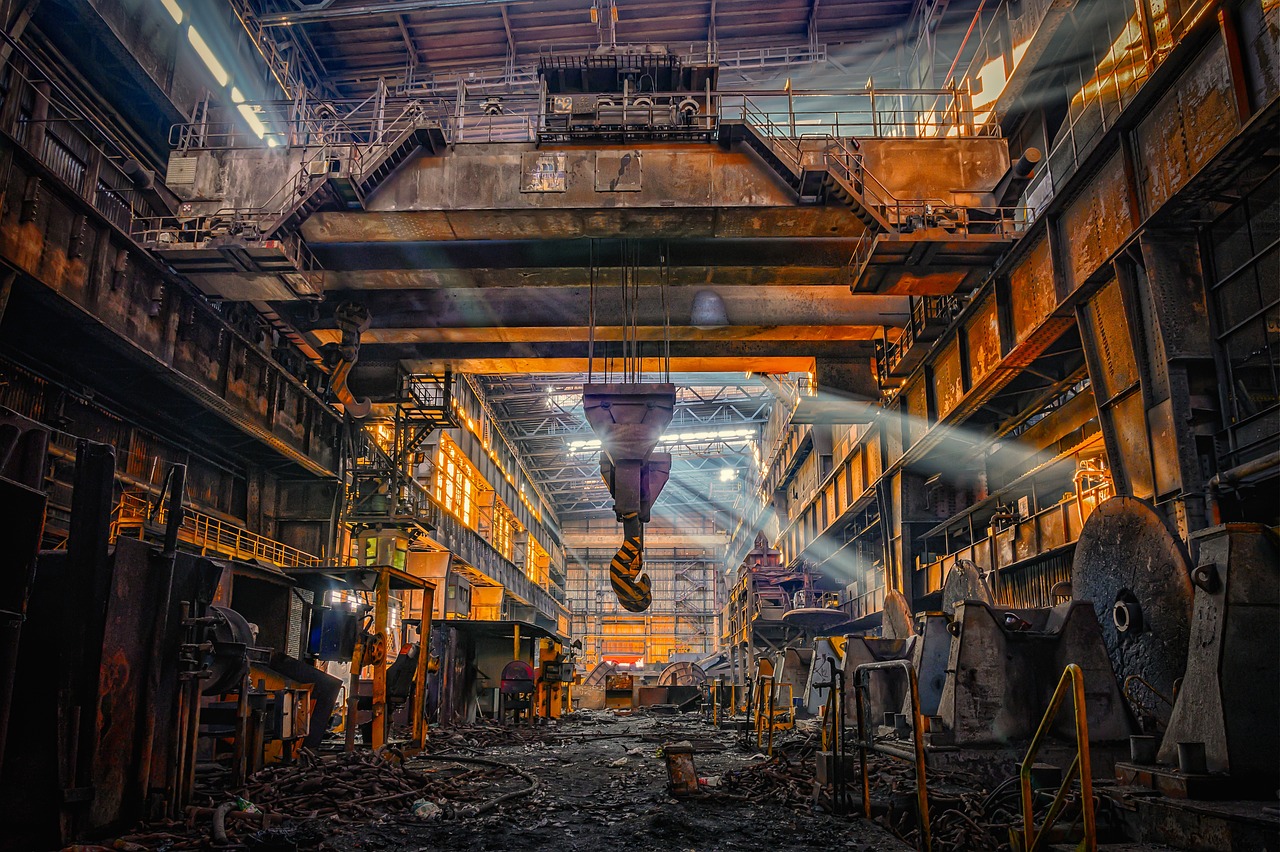
Recycling and Reuse
Recycling and reuse play a vital role in reducing the environmental impact of heat exchangers. End-of-life devices can be dismantled and repurposed. This approach conserves resources and reduces waste.
Scientific Research Findings:
Modern Heat Exchangers as Strategic Solutions for Sustainability highlights the importance of efficient heat transfer in sustainable practices. Heat exchangers emerge as essential tools in reducing energy wastage.
Consider X-HON's high-performance cooling fans for your heat exchanger needs. X-HON specializes in customizable production and offers standard samples for evaluation. Share this article with others who may benefit from understanding heat exchangers.
What Are the Future Trends in Heat Exchanger Technology?
How Is Technology Evolving?
Smart Heat Exchangers
Smart heat exchangers use sensors and automation for real-time monitoring. These devices adjust operations based on temperature changes. This technology improves efficiency and reduces energy consumption.
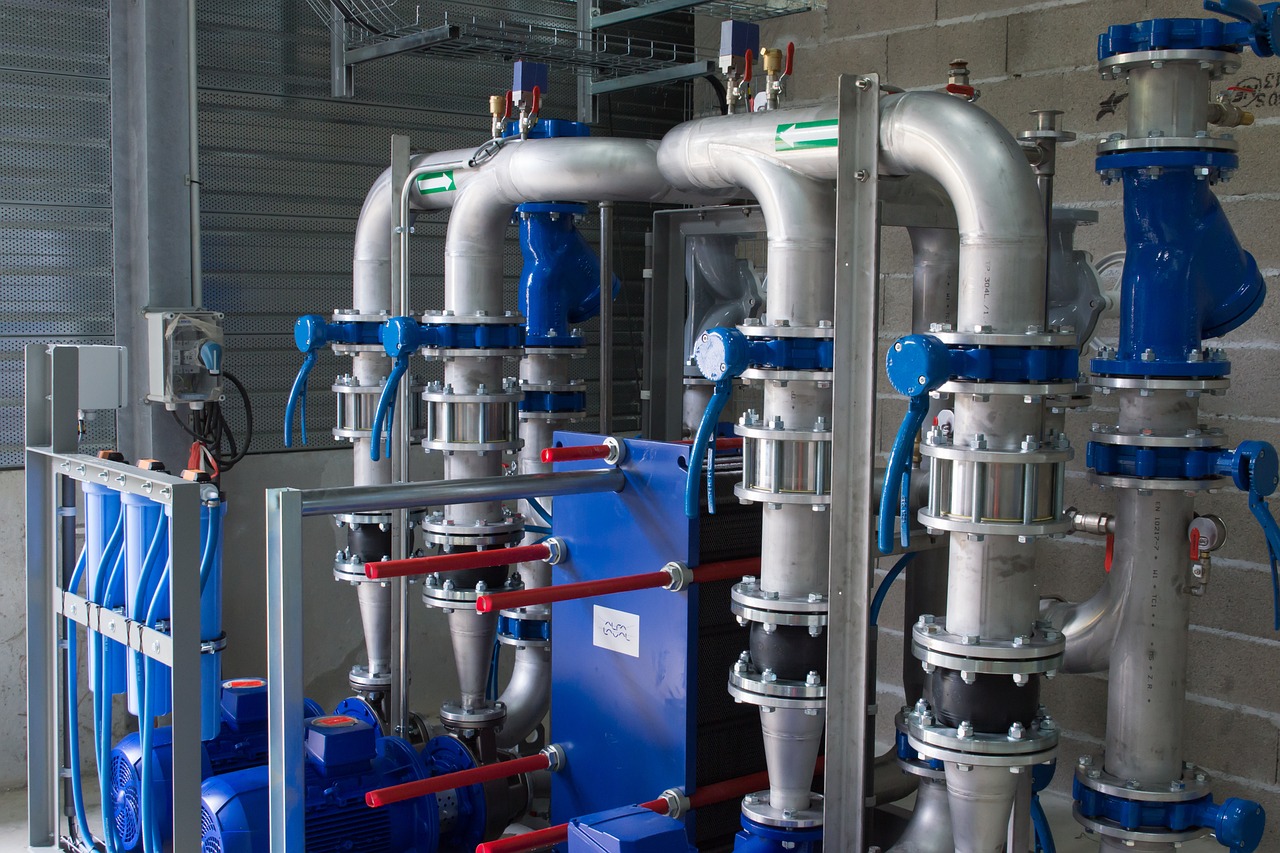
Nanotechnology Applications
Nanotechnology enhances heat transfer surfaces. Engineers apply nanocoatings to reduce fouling. These coatings increase thermal conductivity and improve performance.
Advanced Manufacturing Techniques
Advanced manufacturing techniques create more efficient designs. 3D printing allows for complex geometries. These designs optimize heat transfer and minimize material use.
What Are the Innovations in Design?
Compact Heat Exchangers
Compact heat exchangers offer high efficiency in small spaces. Engineers design these exchangers for applications with limited room. The reduced size does not compromise performance.
Modular Systems
Modular systems provide flexibility in installation. Engineers can customize these systems for specific needs. This adaptability suits various industrial applications.
Enhanced Heat Transfer Surfaces
Enhanced surfaces improve heat exchange efficiency. Engineers use fins and corrugations to increase surface area. These features boost thermal performance.
How Will Industry Demands Shape the Future?
Increased Efficiency Requirements
Industries demand higher efficiency from heat exchangers. Regulations push for reduced energy consumption. Engineers focus on designs that meet these standards.
Demand for Custom Solutions
Custom solutions address unique application needs. Engineers tailor heat exchangers for specific processes. This customization enhances performance and reliability.
Integration with IoT
Integration with IoT enables smarter operations. Heat exchangers connect to networks for data analysis. This connectivity allows for predictive maintenance and optimization.
Explore the world of heat exchangers and discover their impact on modern industries. Consider X-HON's high-performance cooling fans for your heat exchanger needs. X-HON offers customizable production and standard samples for evaluation. Share this article with others who may benefit from understanding heat exchangers.
How to Choose the Right Heat Exchanger?
Selecting the right heat exchanger requires careful consideration. Each application has unique needs. Understanding these factors ensures optimal performance.

What Factors Should Be Considered?
Application Requirements
Identify the specific requirements of your application. Different industries need different heat exchangers. Power generation and chemical processing have distinct demands. Ensure the heat exchanger meets the necessary specifications.
Budget Constraints
Evaluate your budget constraints. Heat exchangers vary in cost. Plate heat exchangers offer a cost-effective solution. These models provide high energy efficiency and small size. Consider long-term savings when assessing initial costs.
Space Limitations
Consider space limitations in your facility. Compact designs fit into smaller areas. Air-cooled heat exchangers work well where space is tight. Ensure the chosen model fits within the available space.
How to Evaluate Performance?
Thermal Efficiency
Assess the thermal efficiency of the heat exchanger. High thermal efficiency reduces energy consumption. Look for models with superior heat transfer capabilities. This ensures effective temperature regulation.
Durability
Examine the durability of the materials used. Corrosion-resistant materials extend the lifespan. Durable construction minimizes maintenance needs. Choose a model that withstands operational conditions.
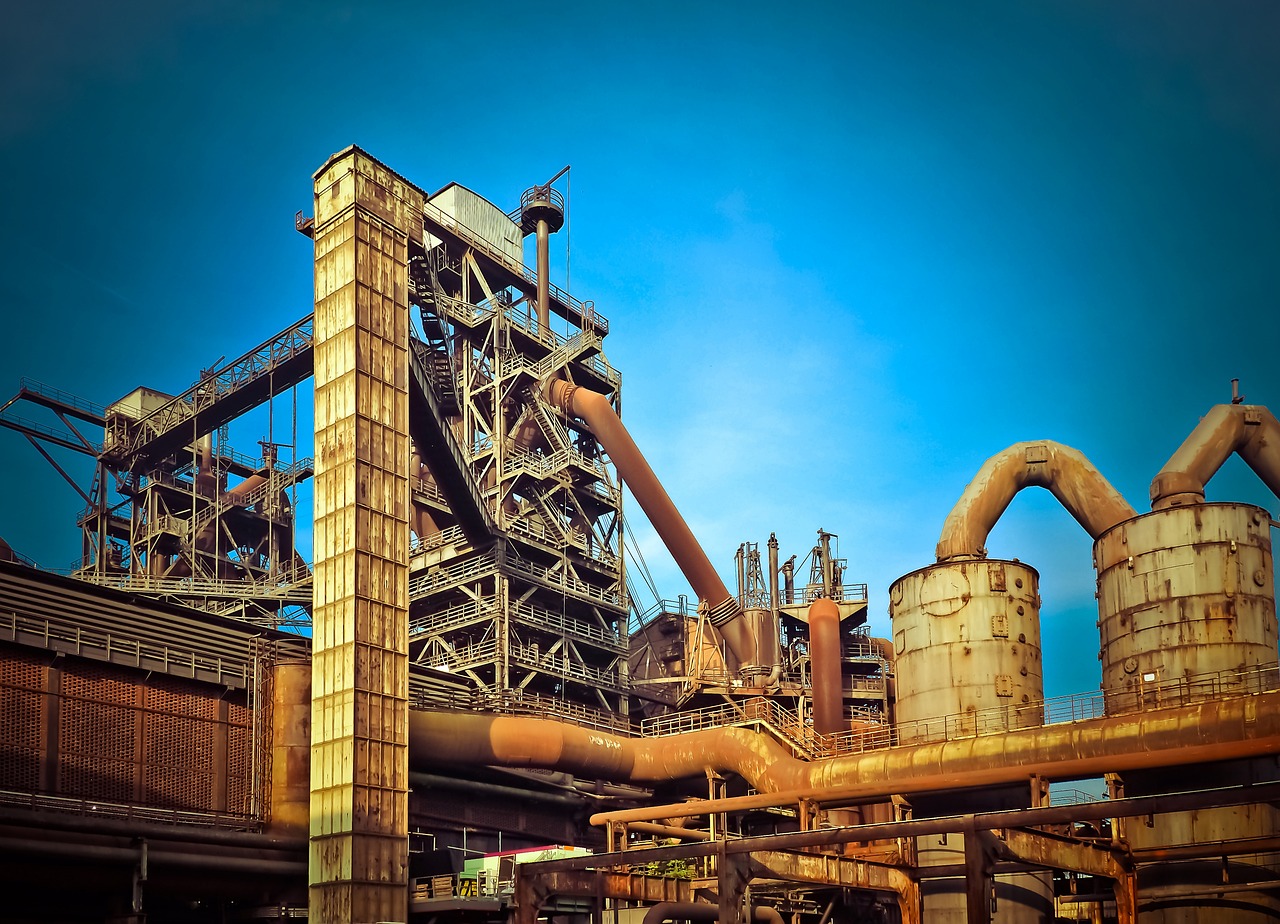
Maintenance Needs
Evaluate the maintenance needs of the heat exchanger. Regular maintenance ensures optimal performance. Some models require less frequent cleaning. Consider ease of maintenance when selecting a model.
What Are the Best Practices for Selection?
Consulting with Experts
Consult with industry experts for guidance. Professionals provide insights into the best options. Expert advice ensures informed decisions. Leverage their knowledge for optimal selection.
Comparing Different Models
Compare different models available in the market. Evaluate features and specifications. Consider energy efficiency and cost-effectiveness. A thorough comparison leads to the best choice.

Considering Long-Term Benefits
Consider the long-term benefits of your selection. Energy savings and reduced emissions offer advantages. Sustainable solutions align with industry trends. Prioritize models that support future growth.
Industry Experts highlight substantial growth in the heat exchanger market. The demand for gasketed plate heat exchangers remains strong. These models offer high energy efficiency and low cost.
Explore X-HON's high-performance cooling fans for your heat exchanger needs. X-HON specializes in customizable production and offers standard samples for evaluation. Share this article with others who may benefit from understanding heat exchangers.
The blog highlights the essential role heat exchangers play in modern industries. Heat exchangers improve energy efficiency and reduce emissions. Technological advancements drive innovation in heat exchanger design. The market for heat exchangers is set to grow significantly. Businesses can explore new opportunities by adopting emerging trends. X-HON offers high-performance cooling fans for heat exchangers. X-HON specializes in customizable production and provides standard samples for evaluation. Consider sharing this article with others interested in heat exchanger technology.

See Also
Insight into Heat Exchangers: Functions and Operations Explained
The Importance of Heat Exchangers in Contemporary Systems
Effortless Heat Dissipation Using Fans
Exploring the Science of Heat Dissipation in Daily Activities
About US
X-HON
X- HON is a leading manufacturer of cooling fans,speciaizing in research, development, and production forover a decade. With a focus on quaity and inovation, we ofer arange of cooling solutions to global markets, ensuring superior performance and reliable service.
Address
Address1: HuaYuan Building, Xixiang Avenue, Bao'anDistrict, Shenzhen, Guangdong Province, china;
Address2: DaLingShan District, DongGuan,Guangdong Province, china
Contacts
frelin.jiang@x-hon.com
bella.cai@x-hon.com
+86 15626528321
To inquire about product specifications or to request custom fan designs,
please leave your email address.
Our dedicated service team will be in contact with you shortly.

